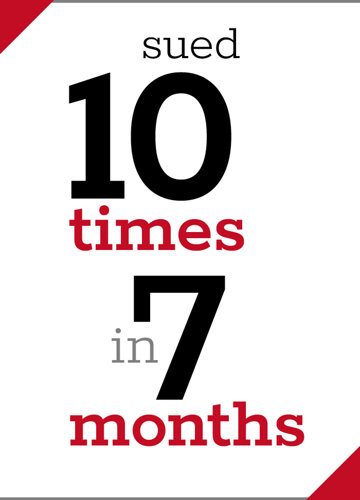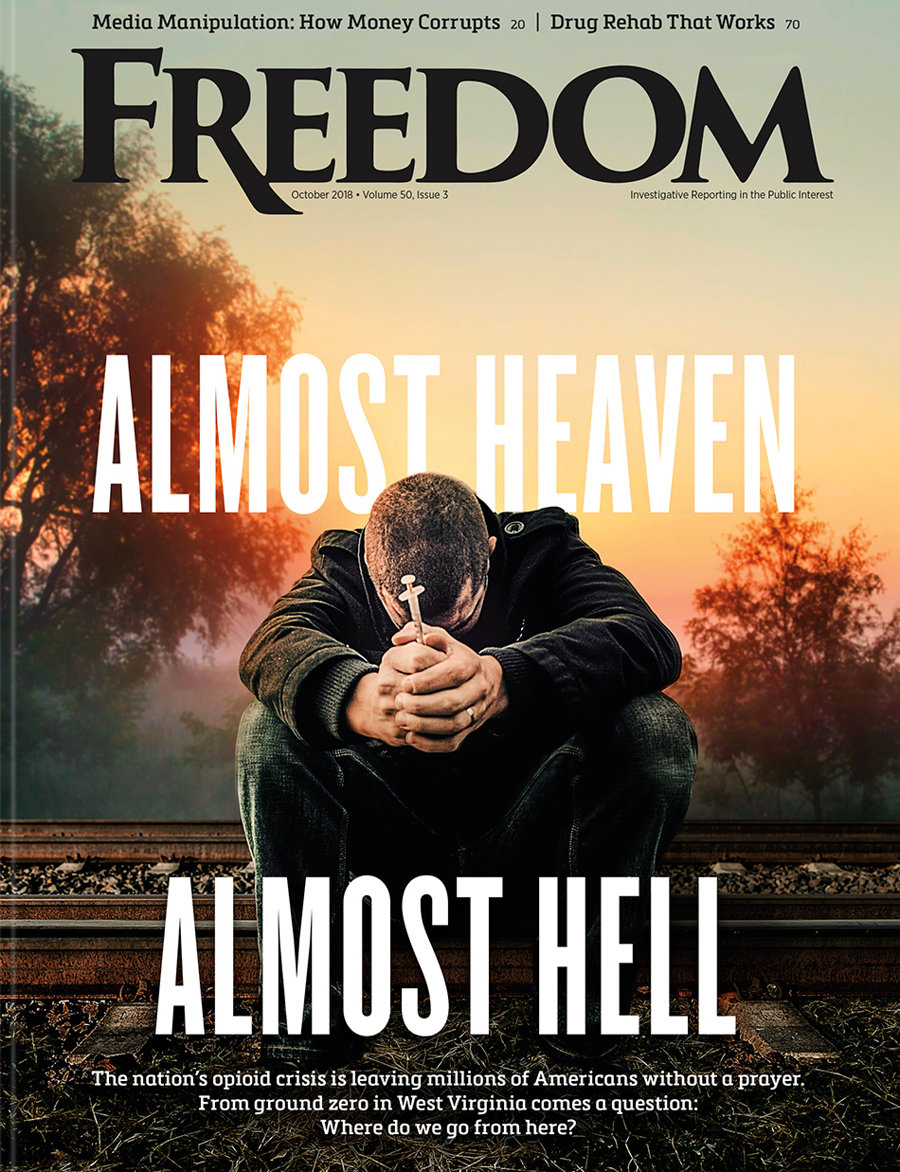According to the suit, Meador was on “routine observation,” a safeguard requiring behavioral health technicians to check on her regularly, note her location and activities and time-stamp each visit. But the facility—now called Lifeskills Orlando and operated by Renaissance Healthcare Group and Odyssey Behavioral Healthcare—allegedly skipped those basic obligations. Left unwatched for a prolonged stretch on October 22, 2022, Meador obtained unsupervised access to a cell phone, ordered a rideshare and traveled off-site without staff intervention. She died by suicide that same day.
“We want to make sure that Taylor did not die in vain.”
What happened in Orlando is not an isolated failure. It is a symptom of a psychiatric industry that has traded patient safety for shareholder return. Across the US—and abroad—facilities charged with protecting people in crisis have become sites of systemic neglect, abuse and coverup. From understaffing and inadequate training to corporate cost cutting designed to boost margins, the incentives are aligned not with healing but with minimizing overhead. The result is a grim pattern: Patients walk in for help and leave in body bags, while their deaths are buried under euphemisms and settlements.
“This is a heartbreaking case involving a young woman who was in the care of a facility that her family trusted to take care of her,” said attorney Nicholas Spetsas, whose firm represents Meador’s parents. His co-counsel, Charles Buist, sees the case as part of a larger corporate trend: “As we continue to see private equity get involved in these industries and small companies getting devoured by giant corporate entities, we need to make sure that these entities and investors understand that they have a responsibility to the families, not just to their shareholders.”
It’s a familiar warning. In Britain, the 2015 death of 22-year-old Alice Figueiredo revealed the same deadly arithmetic. On her 19th recorded self-harm attempt—again with a trash bag—staff at Goodmayes Hospital looked the other way. Ligature hazards remained in place; family warnings went unheeded. A London jury convicted the hospital trust and its ward manager under the Health and Safety at Work Act, but the conviction was for failing to prevent foreseeable harm, not for killing her. As Freedom Magazine reported, this wasn’t a fluke—it was “institutional betrayal,” a system calibrated for negligence and shielded by impunity.

The problem is not geography but design. In Indiana, Options Behavioral Health—owned by Acadia Healthcare—was sued at least 10 times in seven months for abuses including forced drugging, sexual abuse and the illegal detainment of children. A 13-year-old girl seeking help for suicidal thoughts was chemically restrained with a “B52” injection instead of being talked to, her father said. Another child was detained until her parents paid, after insurance wouldn’t cover the girl’s stay. Acadia, with 258 for-profit behavioral facilities, has shuttered multiple sites over sexual abuse and safety violations, only to keep expanding elsewhere.
The Washington, DC, Psychiatric Institute of Washington—one of more than 400 facilities owned by Universal Health Services (UHS)—offers a parallel case study. Investigators documented sexual assaults, stabbings and unchecked violence, along with a long-standing failure to report “major unusual incidents” to oversight agencies. One patient told investigators: “I was not suicidal when I entered this unit, but I was when I left.” UHS, a $14-billion-a-year giant, has repeatedly settled federal cases over improper restraints, false billing and inadequate supervision—without changing the underlying conditions.
In Indiana, in DC, in London, in Orlando, the facilities remain open, the corporate chains remain profitable, and the body count keeps growing.
From Orlando to London, from Indiana to DC, the pattern repeats: Staff shortages mean fewer eyes on at-risk patients; training gaps allow dangerous restraint and sedation practices; oversight bodies accept “plans of correction” in lieu of fines or closures. In the Indiana case, the state health department declared that “the complaint is now closed” after receiving such a plan—months before the inspection report was even made public.
The financial logic is straightforward. Staffing is the biggest expense in healthcare, so cutting it boosts profits. Monitoring patients periodically, as suicide precautions require, is labor-intensive. Reducing those checks—or faking the paperwork—saves money. As Buist put it—underscoring a reality that has grown both familiar and sharper—corporate ownership now places “responsibility … to their shareholders” above the people in their care.
International bodies have taken notice. The United Nations has condemned coercive psychiatric practices and called for a “zero-coercion” policy, likening forced treatment to torture. The US Senate, reviewing residential treatment facilities, concluded such abuses occur “inevitably and by design.” Yet prosecutions are rare. Most deaths tend to disappear into the record as “incidents” or “complications”—especially when the victims are young, disabled, poor or institutionalized—long before they could tell their own stories.
In the UK, Figueiredo’s mother distilled the truth into one damning line: The facility “placed more value on their rubbish bins than they did on my daughter’s life.” In Florida, Meador’s parents could make the same charge—only the bins have been replaced by the balance sheet.
Families like the Meadors are not just fighting for accountability—they’re fighting an industry that has normalized its own abuses. “We want to make sure that Taylor did not die in vain,” Buist said. “We want her death to serve as a warning to any entities that consider cutting corners to increase profits.”
The question is whether such warnings will matter. In Indiana, in DC, in London, in Orlando, the facilities remain open, the corporate chains remain profitable and the body count keeps growing. Regulators sign off, insurers keep paying and the headlines fade—until the next death.
Taylor Meador’s story began with a family seeking safety and ended in a parking garage, because a system that promises care delivered neglect. Her death joins a roll call of names from across the globe, each one proof that these aren’t lapses—they’re the business model.
If the psychiatric industry can turn suicide risk into a revenue stream, who will stop it from making the next death just another line item?






















